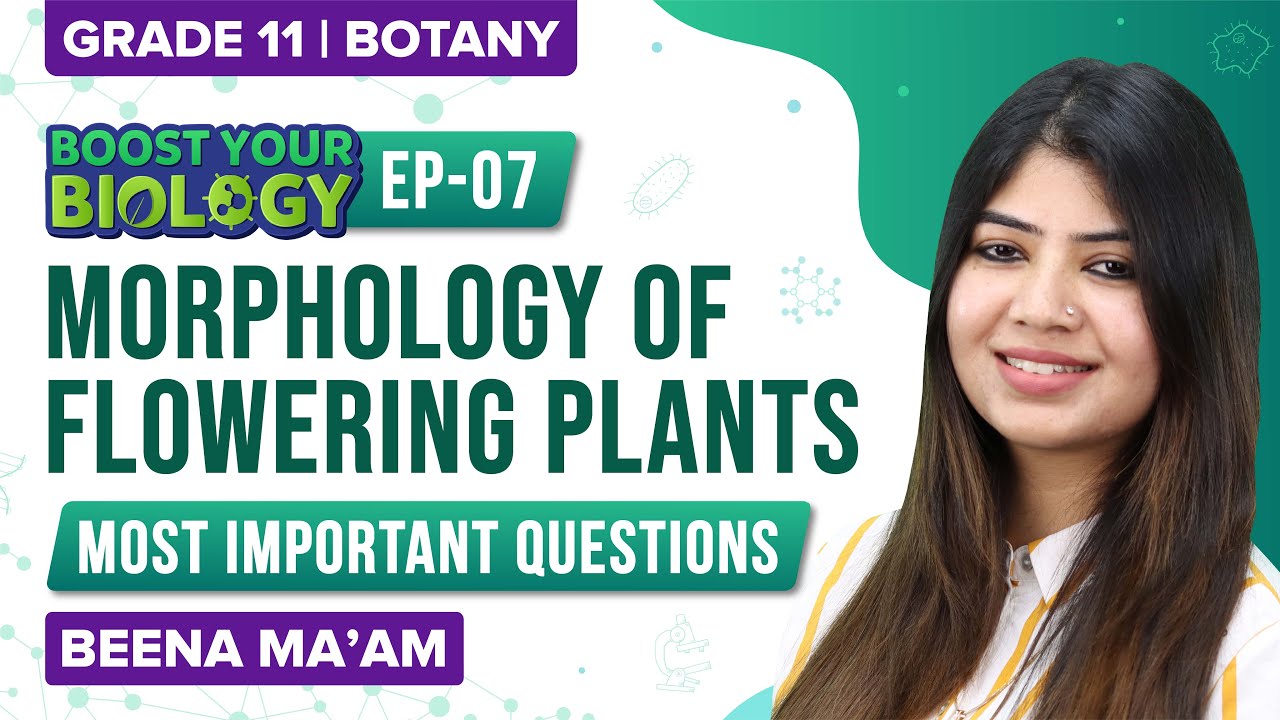What Is The Basic Kind Of Life Cycle Found In The Simplest Animals? Haploid Diploid
Diplontic life bike refers to the life wheel of organisms, which is dominated by the diploid stage. Plants and algae show alternation of generation. All the plants showing sexual reproduction alternate between two multicellular stages, viz. Haploid gametophyte and diploid sporophytes.
In the diplontic life wheel, the diploid stage or sporophyte is the dominant and independent phase of the plant and performs photosynthesis. The haploid phase is represented by unmarried-prison cell gametes or few celled gametophytes.
Here mitosis commonly occurs at the diploid stage, i.e. zygote and gametes are produced past meiosis.
Table of Content:
- Diplontic Life Cycle Examples
- Types of Biological Life Cycle
- Difference Betwixt Diplontic and Haplontic Life Cycle
- Frequently Asked Questions
Diplontic Life Cycle Examples
The Diplontic life cycle is shown past some algae and all the phanerogams or seed-bearing plants.
Brown algae Fucus has a diplontic life bicycle. The main plant body is thallus, which is diploid. The haploid phase is represented by oogonia and antheridia, which are formed past meiosis in reproductive cells nowadays in the conceptacles. Oogonia and antheridia produce egg and sperm respectively, which fuse to class a diploid zygote. The zygote (2n) divides mitotically to grade thallus. Other algae which show the diplontic life cycle are green algae Cladophora and Acetabularia, diatoms, etc.
All the seed-begetting plants, i.eastward. Gymnosperms and Angiosperms bear witness the diplontic life cycle.
Types of Biological Life Cycle
In plants, both haploid and diploid cells can split mitotically and proliferate to produce gametophyte (n) and sporophyte (2n), respectively. Plants that undergo sexual reproduction, alternate between the haploid and diploid stages. This is known as alternation of generations.
Based on the dominant stage of their life bike, they are categorized into three types:
- Haplontic Life Bicycle – The dominant phase is the haploid gametophyte. The diploid sporophyte is merely represented by the zygote, which is diploid. The zygote divides meiotically to grade haploid cells, which undergo mitosis to form multicellular haploid organisms. Diploid stage is non free-living. Examples for haplontic life cycle: Green algae, e.g. Volvox, Spirogyra, Chlamydomonas, etc.
- Diplontic Life Cycle – The diploid sporophyte is the dominant stage. It shows gametic meiosis. Examples for diplontic life cycle: Brown algae Fucus, Gymnosperms, Angiosperms, etc.
- Haplodiplontic Life Cycle – Here both haploid and diploid stages are multicellular. In some, the gametophyte is dominant and gratuitous-living and the sporophyte is a modest and curt-lived phase, which is dependent on gametophytes, e.thousand. Bryophytes.
In pteridophytes, the sporophyte is the independent and free-living dominant stage. It alternates with short-lived gametophyte.
Some algae such as Ulva, Polysiphonia, Ectocarpus, Kelps have a haplodiplontic life cycle.
Too Explore:
Divergence Between Diplontic and Haplontic Life Cycle
| Diplontic Life Wheel | Haplontic Life Cycle |
| | |
| Dominant phase, which is independent, gratis-living and performs photosynthesis | Conspicuous and represented by Zygote or few celled sporophytes |
| | |
| Conspicuous and represented by gametes, i.e. egg prison cell and sperm or few-celled gametophyte | Ascendant phase, which is contained, gratuitous-living and performs photosynthesis |
| | |
| The zygote divides mitotically to give rise to a new plant. | Haploid cells split up mitotically to produce new plants. |
| | |
| Gametes are produced by meiosis division. | The zygote divides meiotically to class haploid cells, which proliferate by mitosis. |
| | |
| Angiosperms, Gymnosperms, some algae such as Fucus, Cladophora, etc. | Nearly of the algae such as Volvox, Spirogyra, etc. |
This was all about Diplontic Life Cycle. Explore notes on Establish Kingdom and other of import concepts related to NEET, merely at BYJU'S.
Recommended Video:
Morphology of Flowering Plants Course 11 Biology (Ep-vii) | NEET Important Questions | NEET 2022 Examination

Ofttimes Asked Questions
Which plants testify diplontic life bike?
All seed-begetting plants, the gymnosperms and angiosperms show a diplontic life bicycle. Whereas bryophytes and virtually green algae prove haplontic life cycle.
What kind of life cycle exercise algae have?
The 3 types of the biological life bike are haplontic, diplontic and haplodiplontic life bicycle. The chocolate-brown algae Fucus shows a diplontic life cycle. The haplontic life cycle is seen in well-nigh dark-green algae. Some algae such as Ulva, Polysiphonia, Ectocarpus, Kelps have a haplodiplontic life bicycle.
Source: https://byjus.com/neet/diplontic-life-cycle/
Posted by: greengandurs.blogspot.com

0 Response to "What Is The Basic Kind Of Life Cycle Found In The Simplest Animals? Haploid Diploid"
Post a Comment